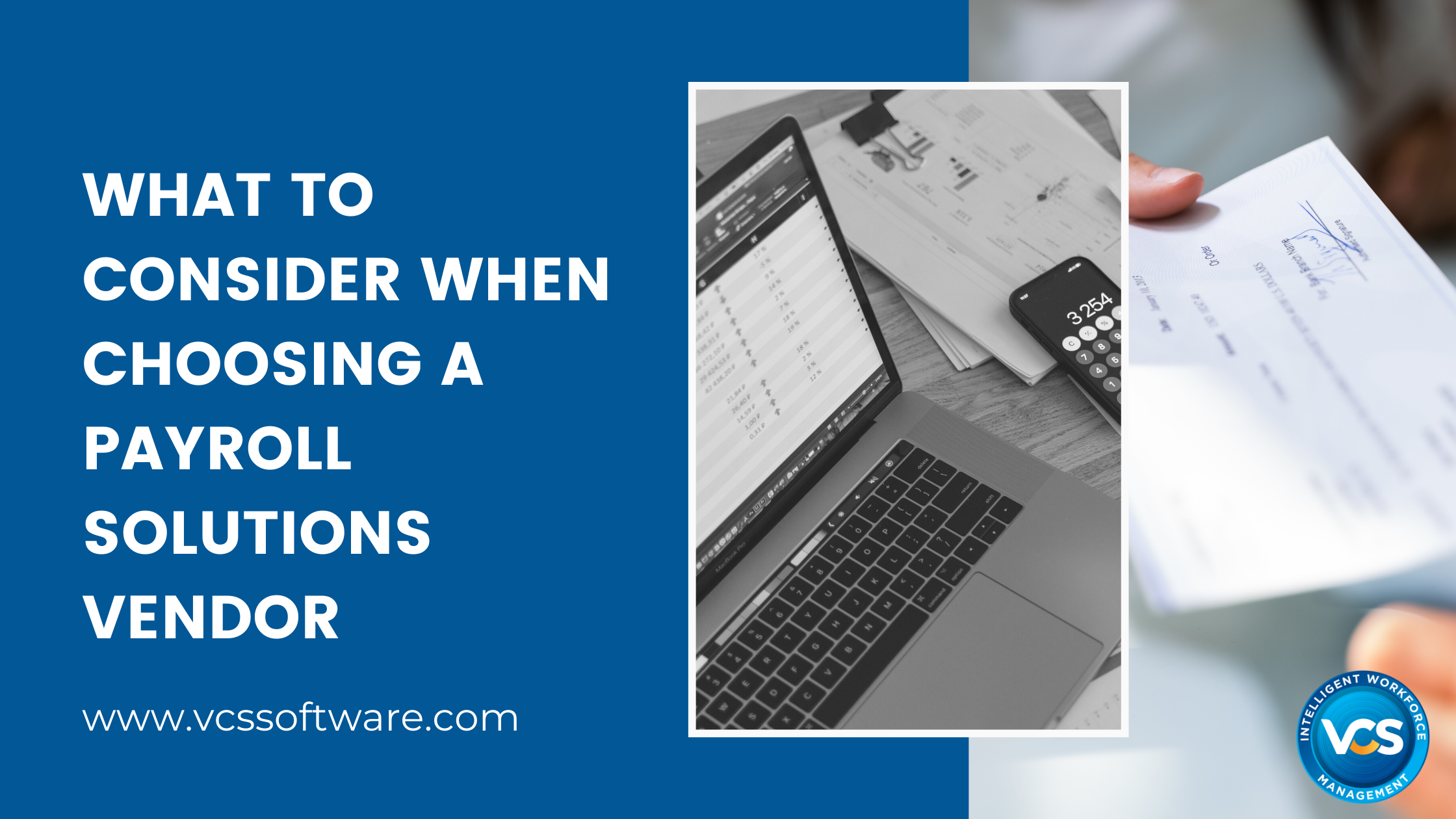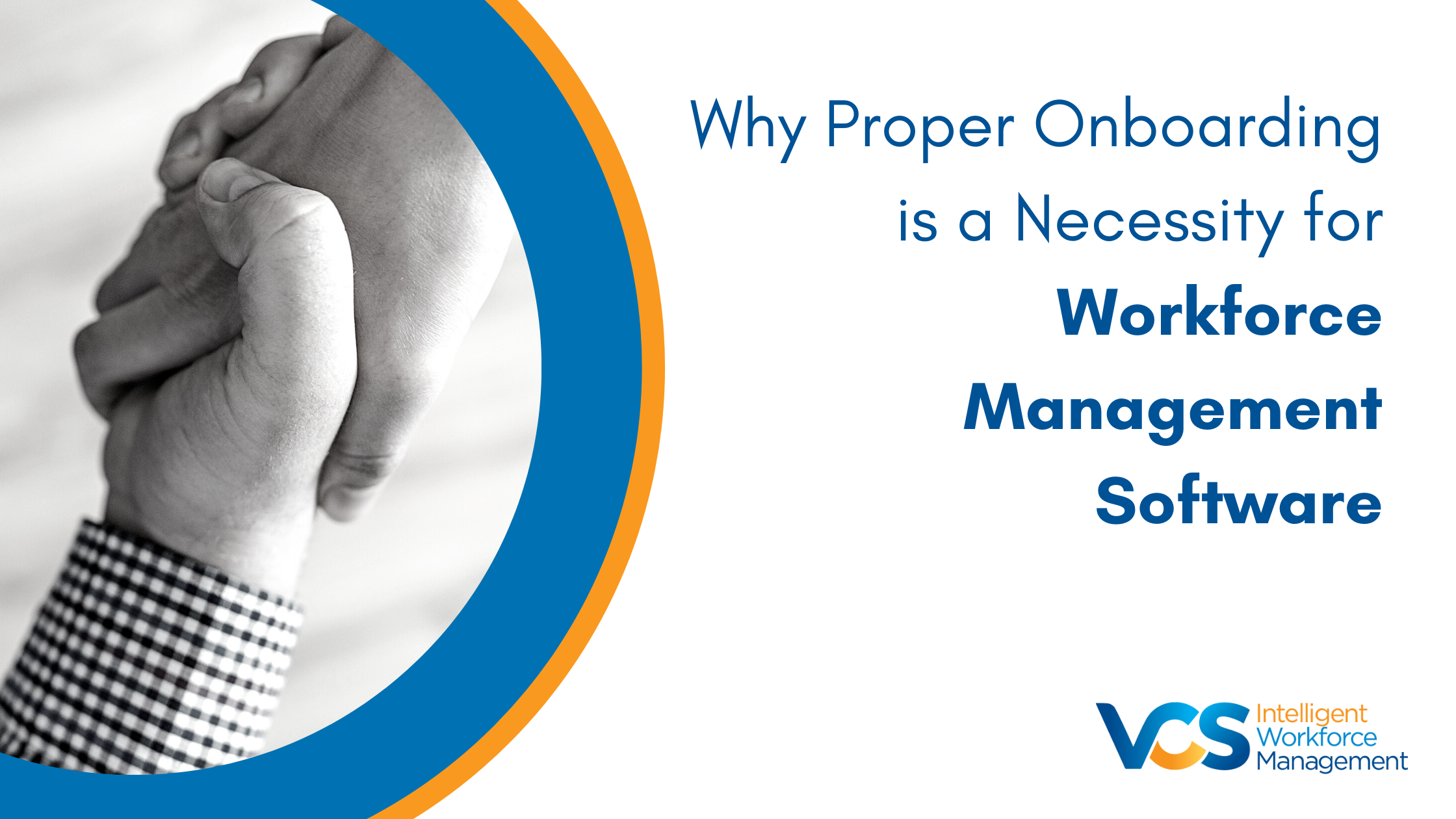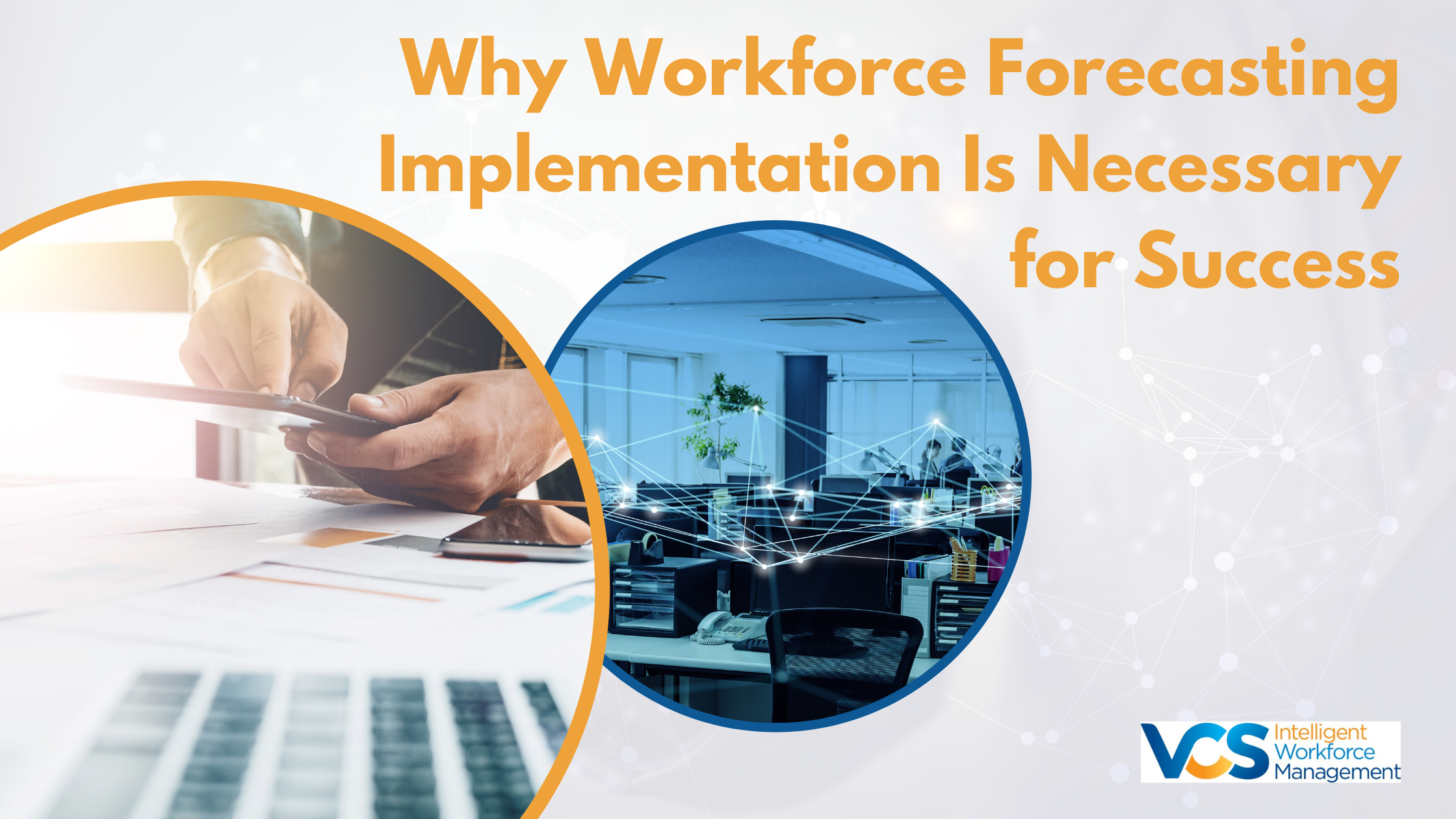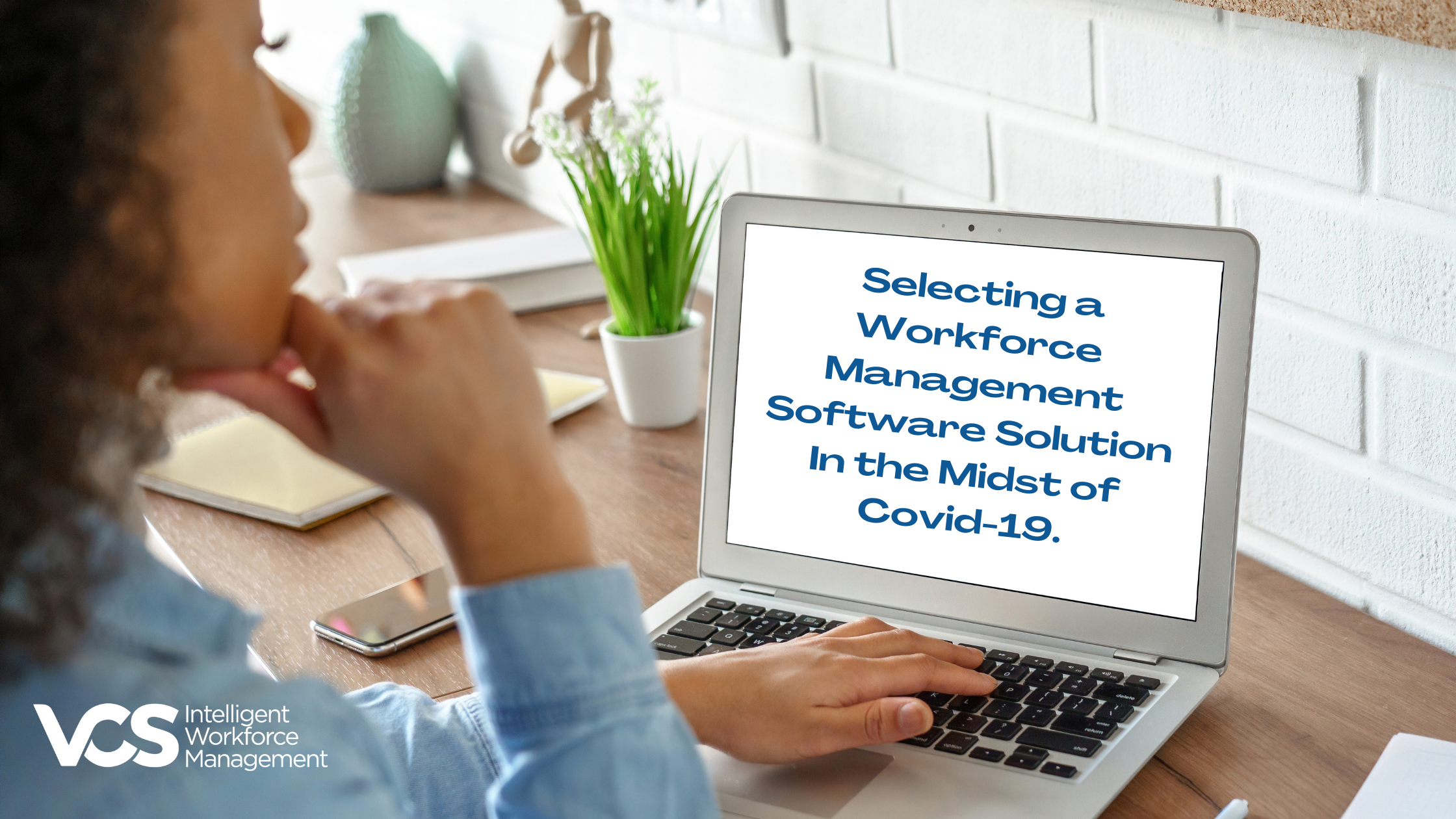Meg McCormick
Recent Posts
in Payroll
Small Businesses Utilizing the Big Business Approach When It Comes to HR Practices
HR covers the portion of a business dealing with the hiring, administration, and training of personnel. HR is a crucial part of any sized business; however, larger businesses tend to set precedent over smaller businesses when it comes to HR practices––due to bigger budgets, more staff, and increased business experience.
With that being said, HR is typically no cakewalk for any sized business. Being a leader in HR comes with an array of responsibilities and often requires critical thinking outside of the handbook. Smaller businesses tend to have more challenges on their plate, typically being isolated with a lack in direction, making even small-scale concerns tougher to handle.
So, how can small businesses reflect more of a big business approach when it comes to HR practices and success?
Why Proper Onboarding is a Necessity for Workforce Management Software
Companies often face a period of hesitancy before finally implementing a workforce management software system. Often, this is for fear that business practices will come to a halt as manual processes will need to be programmed and new practices through automation would be difficult to navigate and time consuming to implement.
A workforce management system is designed to streamline practices, mitigate micromanagement, and reduce the overall costs of a business. So, why do so many business leaders hesitate to implement such solutions?
In this article, understand the importance of effective onboarding and how to best implement workforce management software for optimal success.
Cost management is defined as the implementation of a plan dedicated to controlling the business budget. Managing expenses can be a daunting task when unsure of how to best cut costs without removing vital productivity in the process. A true backbone towards business longevity, tracking expenses allows for consistent acknowledgement of where money is being placed and ensures that it is being spent wisely, making a cost management plan is indispensable.
In this article, find 7 key ways to manage business expenses and how to best execute them.
Employees are a vital component to any organization. Even while paving the way for business innovation and growth, employees are one of the costliest entities a business must account for. Recruitment, training, time and attendance, and retention are all contributors to the bottom line. That’s why keeping tabs on employee time and attendance is necessary to discourage avoidable spending, bettering the bottom line.
Remote work has become a favorable lifestyle by employees. However, as we move out of Covid-19 restrictions, many administrators are comparing productivity within remote and in-office practices. There are highlights to both remote and in-office work, and leaders are now weighing the possibilities of combining the two, creating a hybrid workforce.
In this article, we will focus on strategies that will enable a hybrid workforce and how to best implement it.
Why Workforce Forecasting Implementation Is Necessary for Success
Forecasting helps to mitigate the expenses that a workforce ultimately brings business in one form or another. With forecasting comes planning, and planning should be as strategic as possible–– backed by educated decision making. Typically, workforce expanses percentages range between 20 to 35 percent of gross sales. Percentages vary from industry to industry. Workforce forecasting is pivotal for any organization and creates a foundational base for all other efforts and processes. This article covers many elements and strategies on workforce forecasting and emphasizes the benefits of automated workforce practices.
Build Strong Employee Accountability with a Workforce Management System
Handing out responsibility in the workplace can be a challenging task for administrators, as not every employee is dependable. Accountability creates a strong foundation for organizations to build from, creating a structured environment of peers––getting the job done. So, what can HR leaders and administrators do to keep staff in check, without the need to micromanage? This article covers the benefits of a workforce management system and how the system ensures employee accountability through automated time and attendance practices.
Selecting a Workforce Management Software Solution In the Midst of Covid-19.
In the past year, businesses have faced many difficulties. As we progress through Covid-19, organizations are choosing to make the virtual switch –– implementing workforce management software into their business processes.
The demand for technology within the workplace is continuously climbing as more and more organizations are choosing to implement workforce management software. According to SelectHub, the workforce management software industry is predicted to have a growth rate of 11% within the next five years. Businesses that are choosing not to follow suit may lose a competitive edge against their competition in the marketplace.
This blog highlights workforce management software features and tips to consider when selecting a system to ensure the highest percentage of ROI.













